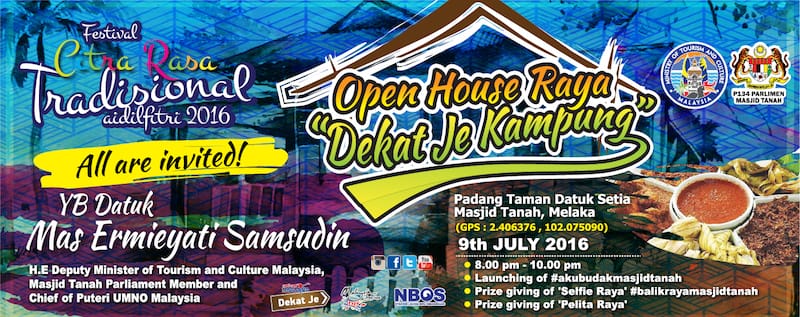CHINESE NEW YEAR DELICACIES – YEE SANG & NIAN GAO
Food plays an important role during Chinese New Year as this is the time when family members from near and far gather for lavish dinners. Each of the food items consumed during the observance of this auspicious festival is particularly special, as each one possesses positive connotations.
The Sticky Cake or Nian Gao, which literally means “year cake” is a must-have during Chinese New Year. The word nian sounds like “year” in Cantonese while the pronunciation of gao is similar to high or tall. Hence, eating Nian Gao symbolises that the person will keep on moving up the ladder in whatever he or she is doing.
Nian Gao (left) is made from glutinous rice flour and brown sugar which give it the intrinsic stickiness. In Malaysia, it is normally steamed in a short cylindrical container wrapped in bamboo leaves. A delicious way to eat Nian Gao is to cut it into squares or sandwiched with sweet potato or yam slices before dipping in beaten egg and flour for deep frying.
Another typical Chinese New Year dish is Yee Sang (below), meaning “raw fish” in Cantonese, and the words can be literally translated as “to have plenty in life”. It is a colourful vegetable salad comprising several finely shredded ingredients including carrots, white radish, preserved winter melon, pickled cucumber, pomelo bits, fresh and pickled ginger, coriander leaf sprinkled with a generous topping of crispy crackers and roasted peanuts. It is then crowned with thin slices of raw fish. The dressing is made of sweet sour plum sauce, vegetable oil, lime juice and white pepper.
When all these ingredients are displayed on a large plate, everyone will circle the table, armed with individual pairs of chopsticks and toss the salad together while expressing their desire for prosperity and good fortune. It is believed that the higher the salad is tossed, the better the chances of success and prosperity for the person concerned.
ENDS
For more media releases, media info and media features on Malaysia’s tourism industry, kindly visit the Media Centre of Tourism Malaysia’s website at http://www.tourismmalaysia.gov.my/
MALAYSIA TOURISM PROMOTION BOARD OR TOURISM MALAYSIA is an agency under the Ministry of Tourism & Culture, Malaysia. Tourism Malaysia focuses on the specific task of promoting Malaysia at all levels. Since its inception, Tourism Malaysia has grown by leaps and bounds and it has emerged as a major player in the international tourism scene. In 2014, Malaysia registered 27.4 million tourist arrivals and RM72 billion in receipts, making tourism its second largest foreign exchange earner.
Through the Tourism NKEA (National Key Economic Area), collaborative efforts between the Ministry of Tourism and Culture, other Government agencies and the private sector have been enhanced to help secure Malaysia’s position as a leading tourist destination and achieve the country’s target of 36 million tourist arrivals and RM168 billion in receipts by 2020.
The targets set under the Tourism NKEA will be achieved through the implementation of twelve Entry Point Projects (EPPs) clustered under five themes: Affordable Luxury; Nature Adventure; Family Fun; Events, Entertainment, Spa and Sports; and Business Tourism.
Press contact:
Media Relations Unit:
Shukri Hanafiah, Senior Deputy Director, Corporate Communication Division
Tel: +603-8891 8767
Email: shukrihanafiah@tourism.gov.my
Editorial Unit:
Anis Rozalina Ramli (Ms), Senior Editor, Corporate Communication Division
Tel: +603-8891 8759
Email: anisramli@tourism.gov.my

 View Previous
View Previous

